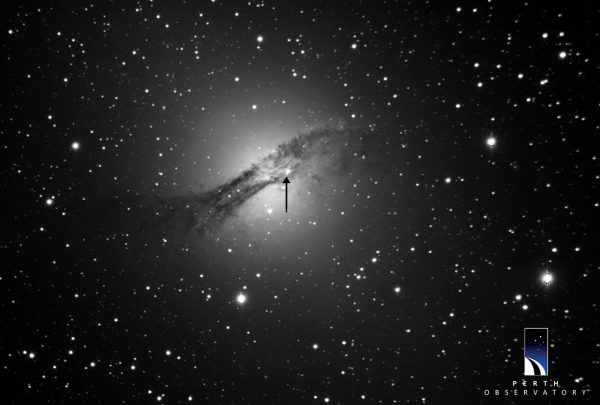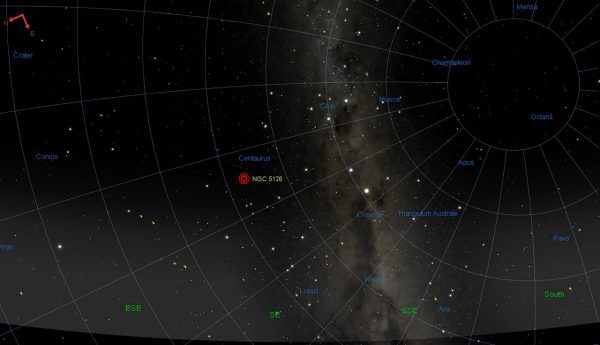Amateur astronomer group BOSS discover their 139th supernova
Astronomy is one of the best fields of science for amateurs being able to contribute to real science and knowledge. Amateur astronomers have one thing that professional astronomers don’t: Abundance of telescope time, at relatively little cost. This leads to many amateur astronomers being credited with significant contributions towards the science of astronomy.
One very active group of Australian amateur astronomers, the Backyard Observatory Supernova Search team (BOSS), a collection of backyard amateur astronomy enthusiasts from around Australia and New Zealand that have become quite the well-oiled machine at one particular area of astronomy research observations: Supernova searching. BOSS scan the skies on a regular and very frequent basis for new supernova, then when they have a potential suspect to collaborate with professionals to confirm their supernova discovery. It’s a fun and very personally rewarding experience.
On the 8th February 2016 BOSS team members Peter Marples and Greg Bock made one of their most catching discoveries yet – a supernova in the famous southern hemisphere galaxy NGC 5128 – also known as The Hamburger Galaxy. Why the Hamburger Galaxy? Well take one look at the photograph and you should see! The galaxy is a giant elliptical galaxy, showing a clear bar of dust across its centre appearing perhaps as the meat between two hamburgers. The discovered supernova only just narrowly escapes being obscured by a foreground star in our own Milky Way Galaxy, as you can see in the below photograph taken on the Perth Observatory Skynet Telescope, where the smaller dot of the supernova is just slightly to the left and lower from a brighter star.

It’s early days for identifying the characteristics of this new supernova but based on observations now taken at amateur and professional observatories the supernova appears to be a Type-1b supernova, about one week past maximum and obscured by much dust in NGC 5128. The significant “galactic murk” obscuring the supernova has made observations and classification of the supernova a little more challenging than usual. More information can be found in the Astronomer’s Telegram notification associated with the discovery and confirmation.
Congratulations to BOSS and long live amateur astronomy collaboration and research!
Bringing this story back to Earth and what you can see – The below sky chart shows the location of the galaxy NGC 5128 at 10:30 pm on the 10th February 2016 for Perth. You can see the East-South markers on the horizon as an indication of direction, and the Southern Cross to help identify where the Hamburger is located in the night sky. You will not be able to visually see the supernova, but just looking up and understanding where it is in the sky is worth doing. You can visually find Alpha Centauri, the brightest of the two pointers and follow across the night sky to the East, to identify the area in which NGC 5128 is located.

The Perth Observatory operating under its new community partnership between the Department of Parks and Wildlife and the Perth Observatory Volunteer Group (POVG), own and operate an internet-connected telescope – the RCOP Skynet Telescope. This telescope, located at the Perth Observatory and maintained by POVG is connected to the world-wide Skynet network of telescopes. Collaborators such as universities, other observatories and outreach education programs with secondary school students utilise the telescope for research and outreach purposes. Last night we scheduled in a series of exposures to capture the new supernova in NGC 5128 just the day after discovery. The above image is one result.
You can see the Perth Observatory Skynet telescope when you attend one of our Night Tours.





